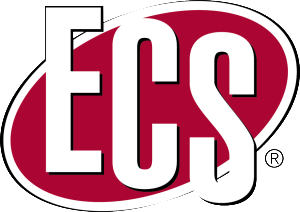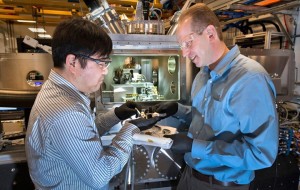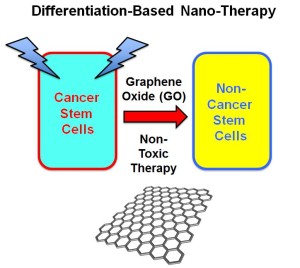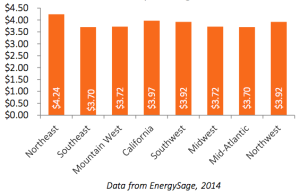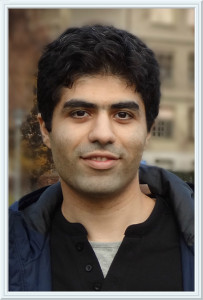The editors of the Journal of The Electrochemical Society (JES) and the ECS Journal of Solid State Science and Technology (JSS) are calling for papers for these upcoming focus issues:
JES Focus Issues:
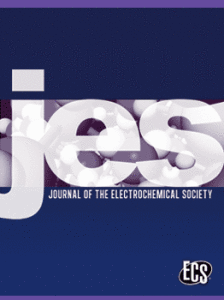 Electrochemical Interfaces in Energy Storage Systems
Electrochemical Interfaces in Energy Storage Systems
Submission Deadline: June 1, 2015
Focusing on a better understanding of the mechanism of electronic and ionic transport phenomena across electrode-electrolyte interfaces and solid-state interphases in electrochemical energy storage systems. READ MORE.
Redox Flow Batteries – Reversible Fuel Cells
Submission Deadline: August 1, 2015
Focusing on integration of renewable energy sources, like wind and solar into the electrical grid system and how that poses major challenges due to their variable nature and unpredictable availability. READ MORE.


